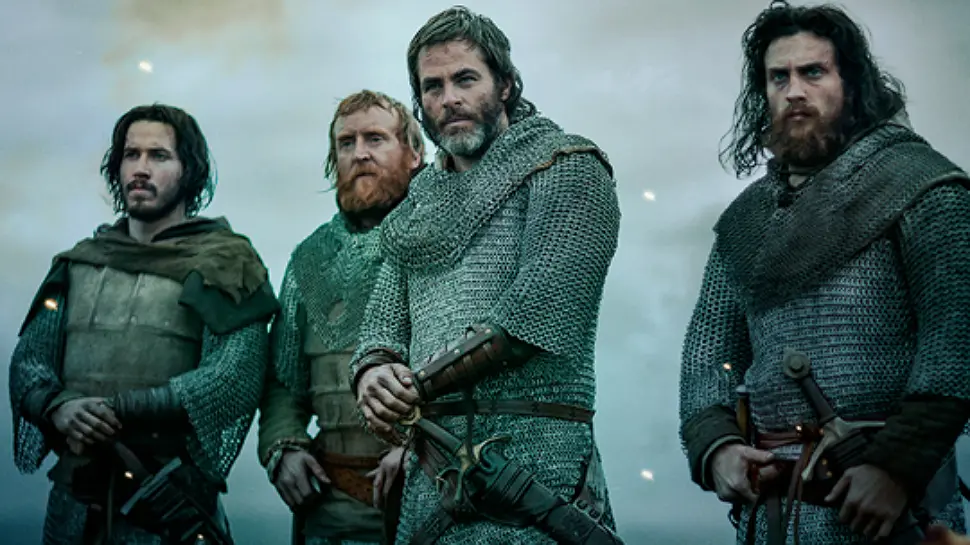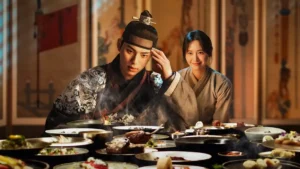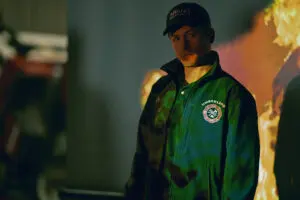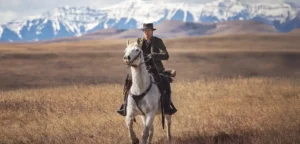Summary
Outlaw King is an uneven film, with a dull first hour that is barely redeemed with a pulse-pounding battle sequence and the electric Aaron-Taylor Johnson, for a mild recommendation.
The things we do to women in film always astounds me, especially in historical period epics. They are raped, murdered, jailed, beaten, made to bear men’s children, signed away as property in treaties, used as pawns or as tokens for any male need or desire. In Outlaw King, they do something I’ve never seen done to a woman before in nearly 30 years of watching movies: hang a woman from a birdcage outside a castle as a penance for not signing away her right to be married to her King. I guess if you were married to Chris Pine, you’d hang outside a castle too.
The film starts with an already understood behind the scenes handshake agreement between Edward the I (The Darkest Hour’s Stephen Dillane) and Robert de Brus 6th Lord of Annandale (Braveheart veteran James Cosmos), handing the rights to the throne to his son, Robert the Bruce (Chris Pine), being named King of Scotland over others who feel this would be there God-given right, including Lord of Badenoch (Callan Mulvey) and the Lord of Douglas (Aaron Taylor-Johnson).
Soon, Robert de Bruce is bequeathed a queen, Elizabeth de Burgh (Florence Pugh), who has no issues speaking her mind in a world that tells women to do anything but. Soon, word spreads that William Wallace was killed, and Edward the I starts hanging pieces of the famed leader all over Scotland as a message on what happens when you aren’t loyal to the crown. Bruce decides to unite the clans and is deemed the Outlaw King by England as they prepare for war, called the First War of Scottish Independence.
When I read Outlaw King was directed and co-written by Hell or Highwater (and Scottish-born) director David Mackenzie, I’ll admit I was excited, being a huge fan of the film. The film’s first hour is frankly boring and even borders on tedious (even with the exceptional cannonball scene within the first 10 minutes). The only way Mackenzie seems to know how to pull the viewer back into the story is by shocking his audience with senseless, over-the-top violence to wake you out of the dull coma you’ve fallen victim to.
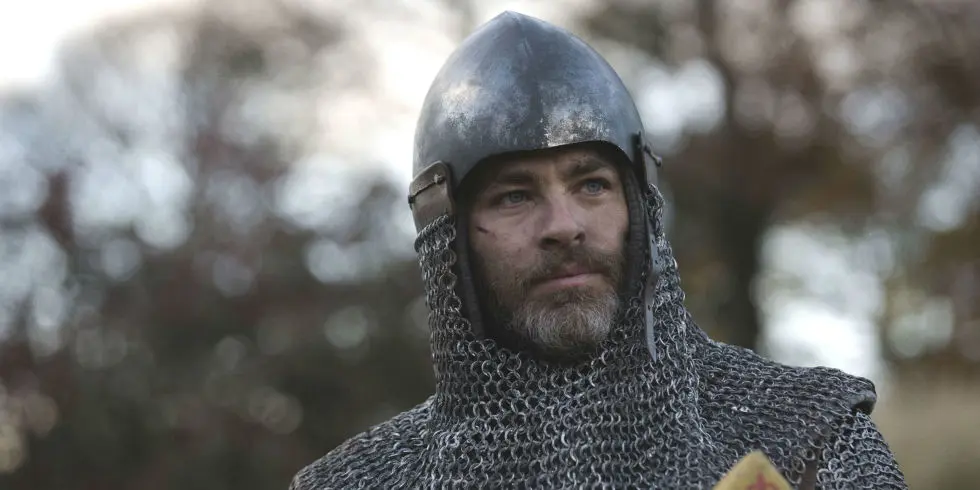
This would act soon as a precursor for the rest of the film, as the final hour picks up and previous scenes are meant to inoculate you to the violence that is set to come. The final battle sequence, a 6-minute scene where men’s bodies pop like water balloons filled with cherry Kool-Aid, has a violent reminiscence of Braveheart’s or Saving Private Ryan’s Normandy beach invasion scenes.
The acting is solid, and while I do question Pine’s Scottish accent, most of the film’s pulse-pounding scenes feature the electric Aaron Taylor-Johnson. A stand-out in Hollywood films for years, Taylor-Johnson (along with Lakeith Stanfield) has established himself as one of the great young character actors in movies today. He has the rare ability to disappear into any role he takes on, so much so it honestly took me a good hour to figure out which role he was playing. He’s that good, and it’s about time Hollywood gives him a feature role that is worthy of his talents.
The first hour of Outlaw King is filled with typical period-piece romance clichés. Eventually, it avoids the slow start with a pulse-pounding final hour that features the electric Aaron Taylor-Johnson, which barely saves the uneven film from being a true mess. The film has enough juice to offer a mild recommendation, even without talking about Pine’s much talked about full-frontal bare all, that I’m sure will increase views on Netflix’s platform for years to come.

